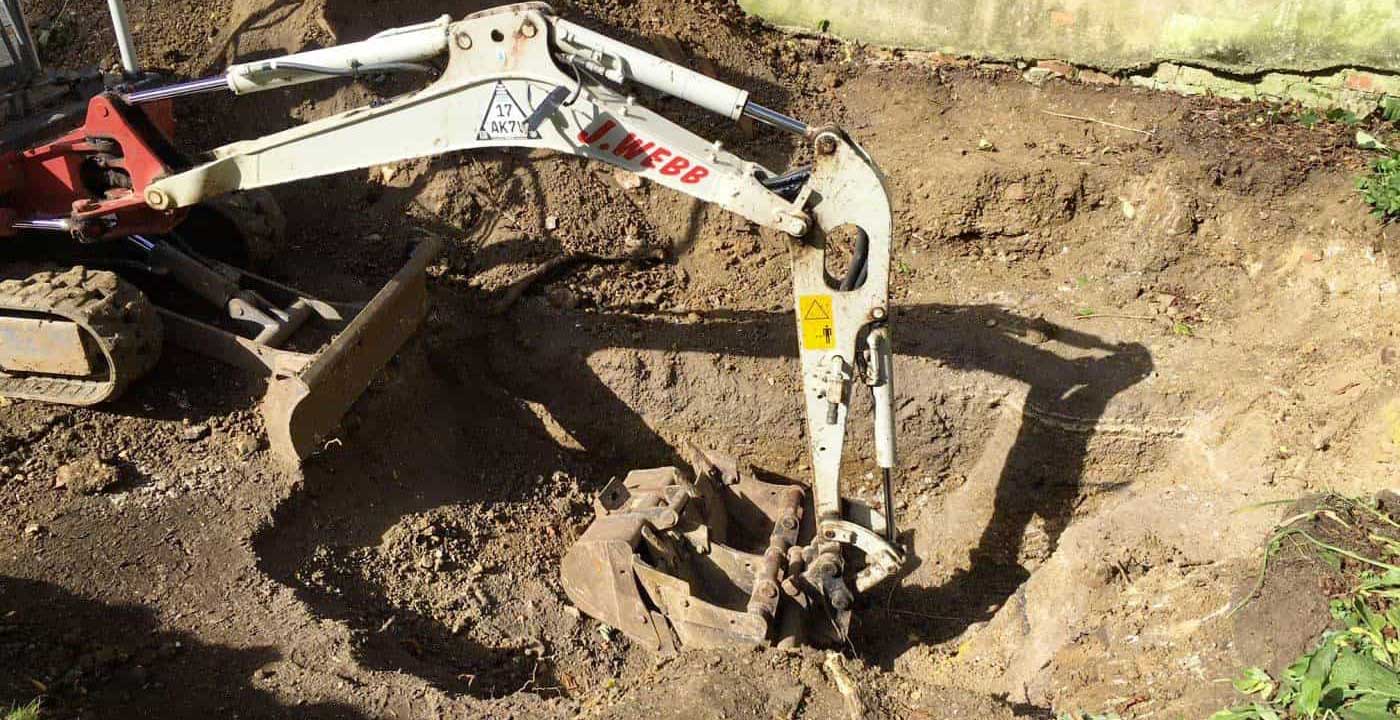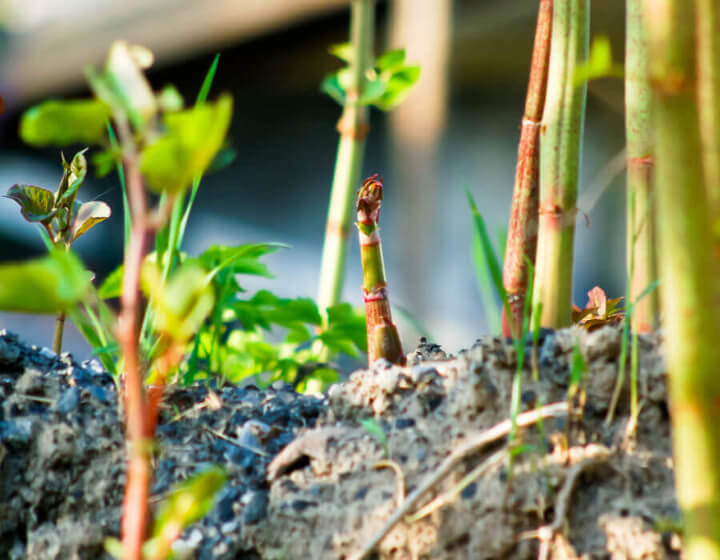JAPANESE KNOTWEED EXCAVATION & DIG & DUMP
Professional Japanese knotweed dig out and disposal

Japanese Knotweed Excavation
On large construction sites when work and other development projects are in progress, the presence of Japanese knotweed can cause costly delays to the building process. However, where possible, Japanese knotweed and contaminated soil can be excavated and relocated to a quarantined area of the site for treatment later, allowing work to progress as normal on the rest of the site. After being dug out, the Japanese knotweed infestation can be treated with a herbicide application at a later, more convenient time. This means that the presence of Japanese knotweed and the excavation process does not need to slow you down.
Our main aim is to make the Japanese knotweed excavation process as seamless and hassle free as possible, causing minimal disturbance. Our excavation contractors are able to gauge the best method for tackling the problem in your specific case, creating a tailor-made plan.


.jpg)


